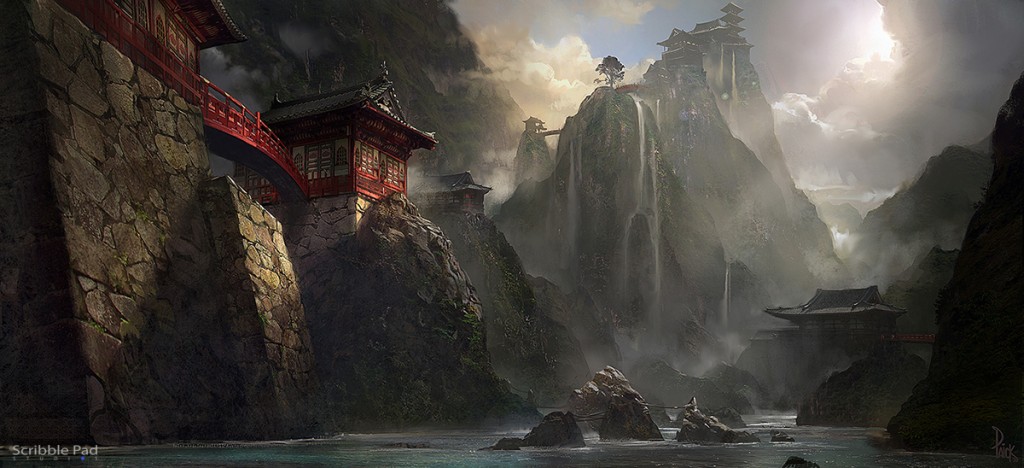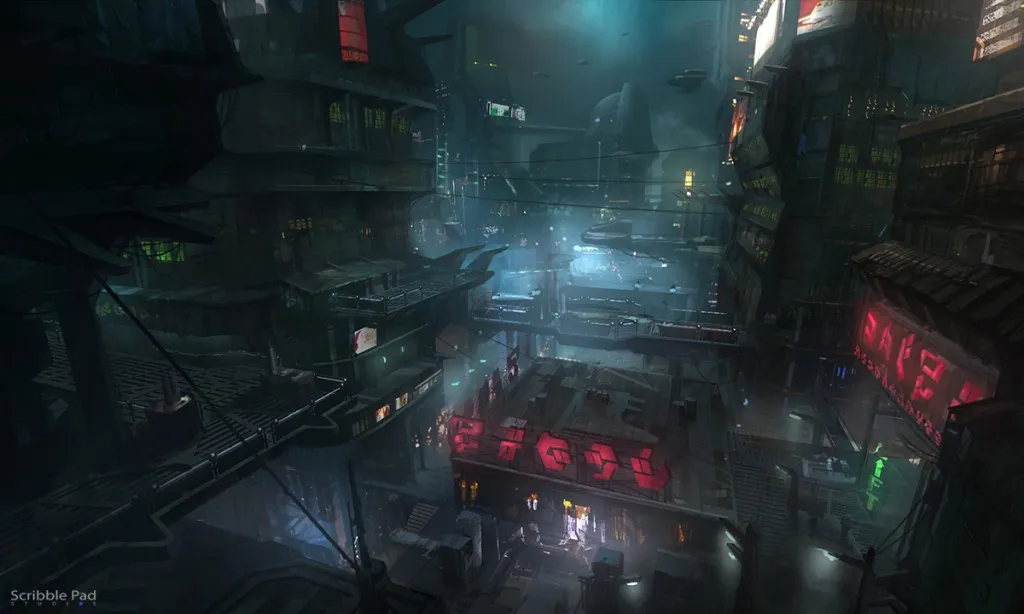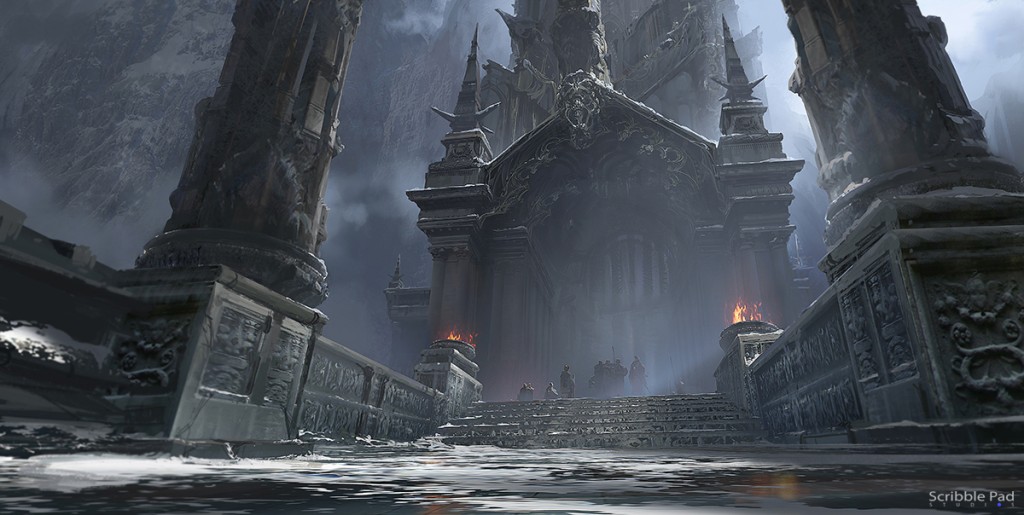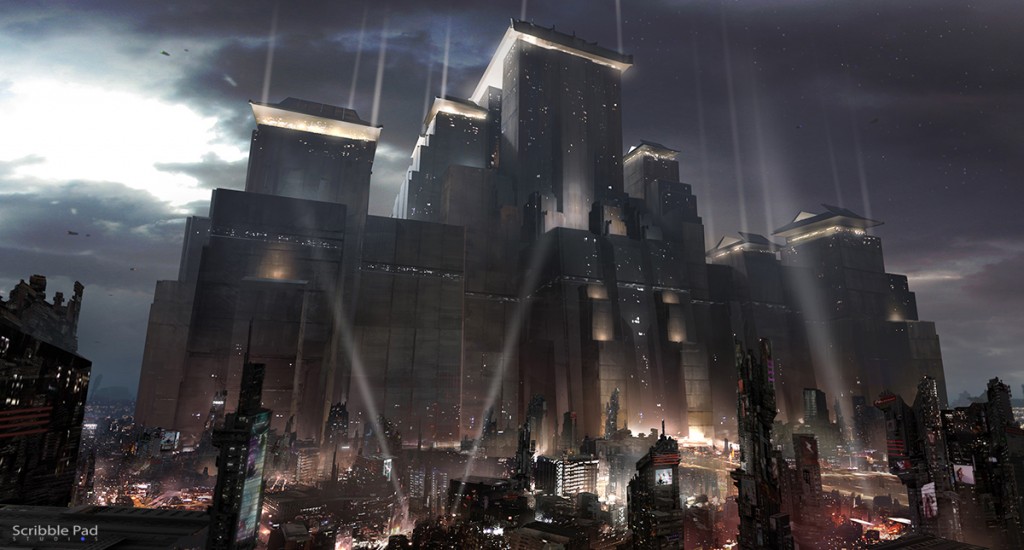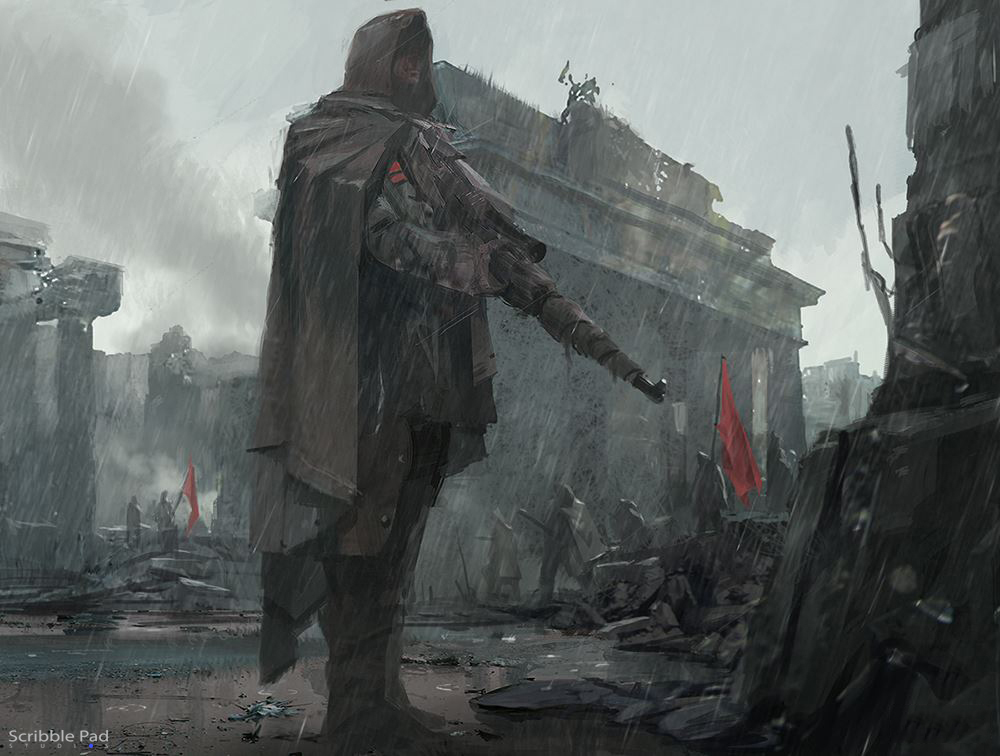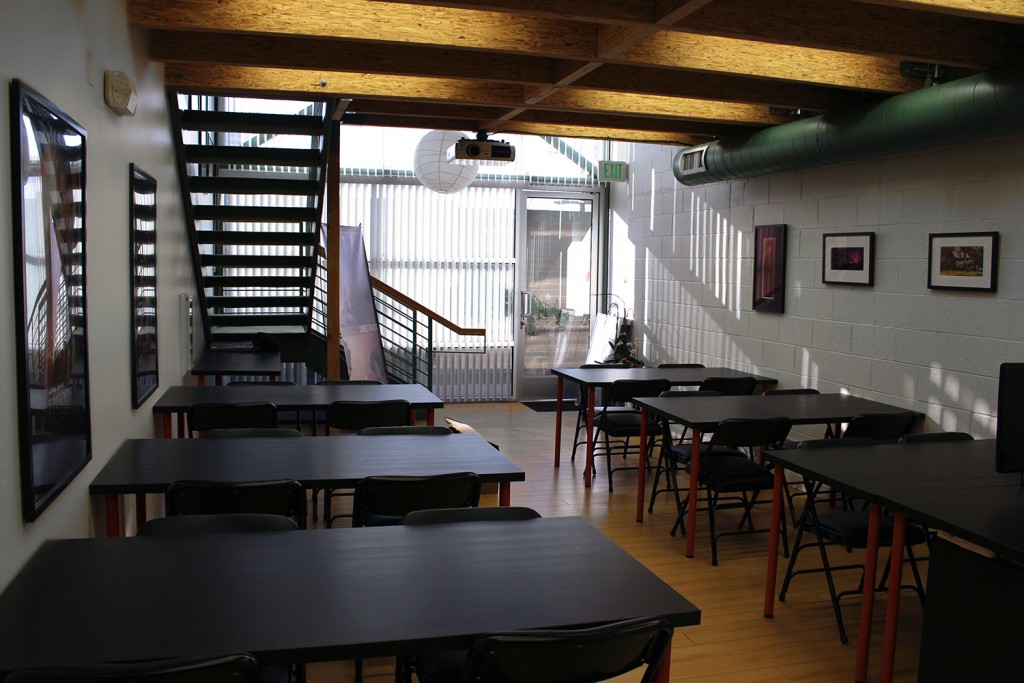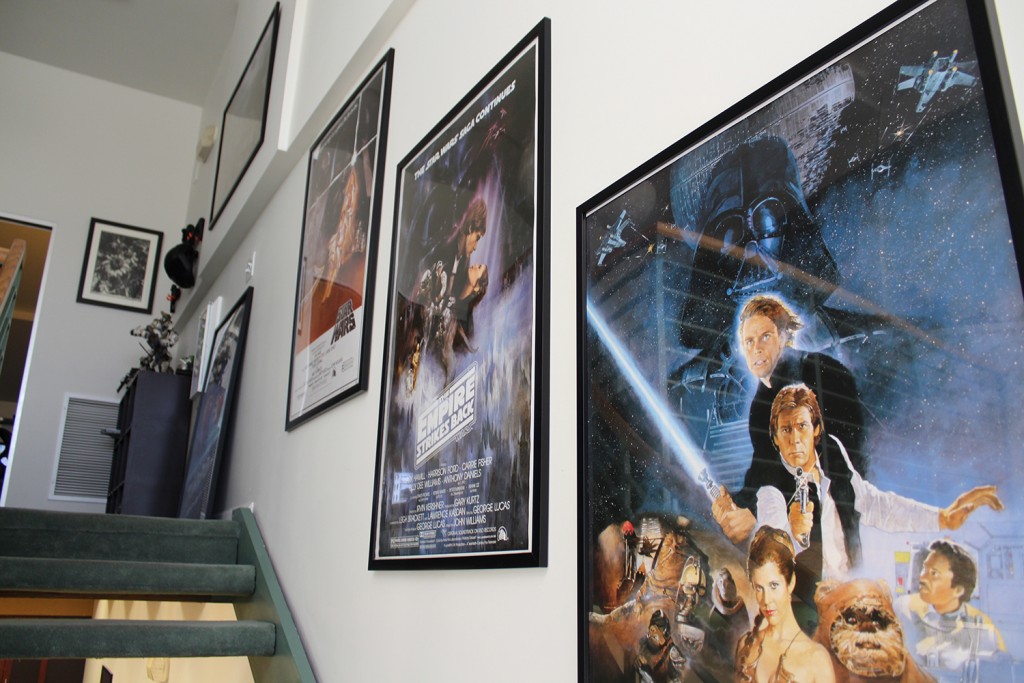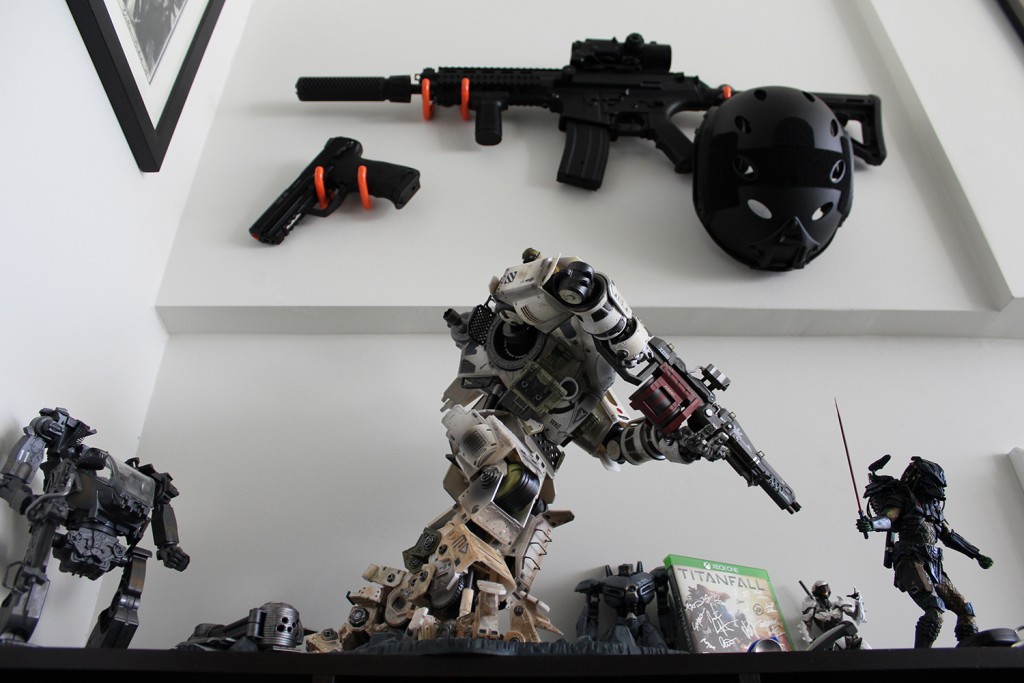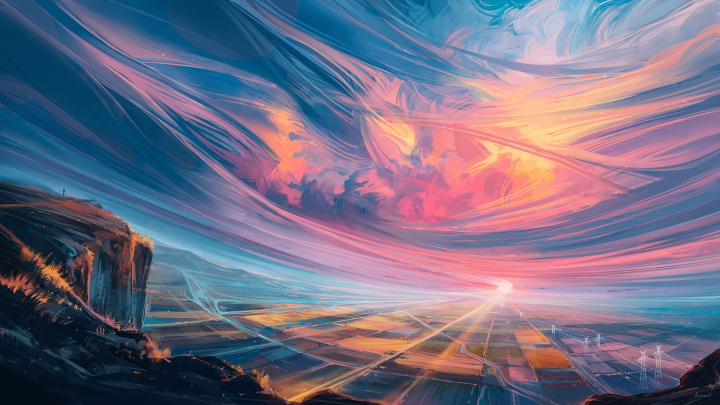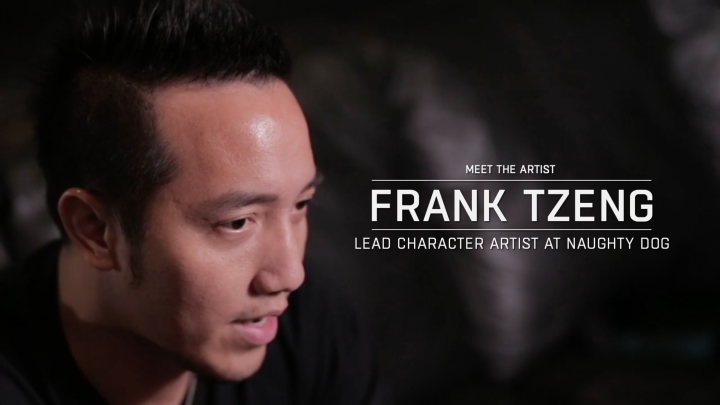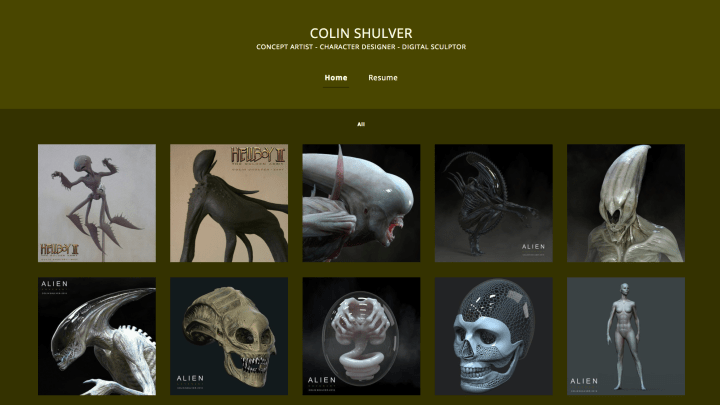Concept art and design company Scribble Pad Studios
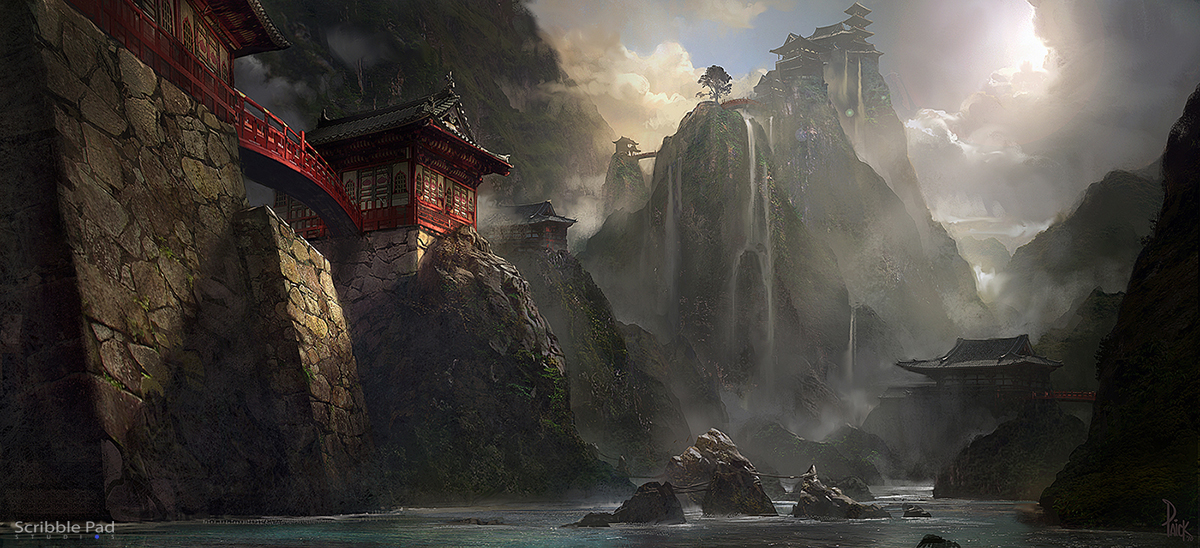
 Scribble Pad Studios works with everyone from videogame developers to theme park companies. Founded in 2008 by creative director James Paick, the Los Angeles-based studio has an enviable client list including Riot Games, Activision, EA, Ubisoft, Epic Games, Universal, NCsoft, Naughty Dog, Sony and Wizards of the Coast, and is rapidly branching into other fields, including IP creation and developing its own series of training books. We caught up with James to find out more about the Scribble Pad story, the changes in going from a solo freelancer to a studio head, and the need to stay versatile in order to thrive.
Scribble Pad Studios works with everyone from videogame developers to theme park companies. Founded in 2008 by creative director James Paick, the Los Angeles-based studio has an enviable client list including Riot Games, Activision, EA, Ubisoft, Epic Games, Universal, NCsoft, Naughty Dog, Sony and Wizards of the Coast, and is rapidly branching into other fields, including IP creation and developing its own series of training books. We caught up with James to find out more about the Scribble Pad story, the changes in going from a solo freelancer to a studio head, and the need to stay versatile in order to thrive.
What made you set up your own studio?
Back in 2007, I was working at NCsoft when it closed its studio in Santa Monica. So I went freelance and established Scribble Pad in 2008, initially just for myself. The freelance world was growing and I began getting a lot more work, so it’s since gone from one person to a four-person team. We also have outsourcing staff, both in the States and internationally. There are some individuals we’ve been working with for at least a couple of years now.
I also do a lot of teaching, which allows me to give newer artists experience on basic things. We do the majority of the heavy stuff in house, but we outsource design support. It’s a nice introduction to the field.
Who currently works for the studio?
Two of the three other artists here [Joy Lee and Shawn Kim] are people I went to school with at Art Center College of Design in Pasadena. There wasn’t an Entertainment Design program back then, but we had our own little group within the illustration department. After we graduated we kept in touch as friends, but we didn’t cross paths until three years ago.
I knew what kind of education they had, and what professional experience they had. But working in a studio is all about personalities. Because we’d been friends for so long, I knew their work ethic especially well.
What are you currently working on?
The majority – I’d say 60-70% – of our work is in videogames. That breaks down into initial pitch work, concept art and production art. I have experience working in advertising and marketing as an illustrator so I also offer services there.
We work on everything from super-big high-profile games to very small garage studios trying to develop something new. I try to work with people, not products, building relationships rather than just trying to work on the coolest thing all the time.
In illustration, we do a lot of work on Magic: The Gathering and book covers, and we also do some film work: one of the projects we just worked on was The Maze Runner.
We get requests once in a while for commercials, usually on the design end – a quick design for a device the client can use in an ad – and we offer 3D services, so we get requests for 3D modelling.
We also do theme park work. I got a recommendation from a friend from Art Center – at that time, a lot of film guys were working in the theme park space – and that opened the doors. I was working for one theme park client, and it ended up becoming three. It seems to be a thriving industry, which is great.
Where do you want to be in five years?
We’ll definitely be doing our own development work. We’re in the process of designing IPs. It would be great for one of them to be a success, but that’s not necessarily our primary goal: it’s having something that we can call our own creation.
We’re also working on a series of educational books on concept design that will hopefully be coming out in the next year or so. I’ve been part of the educational community for the last six years or so, and it’s a big part of what I do.
How does being a studio head differ from a solo artist?
Time management. At Art Center they would always dump what seemed an impossible amount of work on you. Some students could do it and some couldn’t. That was intriguing to me so I would always ask teachers who had been students there how they managed their time. It was very insightful, and translated into the way I work now.
In hindsight, I took for granted how much happens outside of what an artist does in a studio: things you don’t pay attention to if you’re just an employee [like maintaining the office and the equipment]. And certain companies require certain types of documentation, certain types of insurance, for you to even become a vendor. Those were all new things.
What’s your #1 piece of advice to anyone founding a studio?
A lot of freelancers are constantly working, and that takes a certain type of personality. We all know that type of artist, who’s working day and night. Running a studio takes that same intensity, but you have to spread yourself out a lot more.
Also, sometimes, working in a studio, you can express your own personal style, because that’s what you’re hired for. But running your own studio, you have to understand that it’s about what the client wants. That was an important lesson for us. Sometimes we thought we were hitting the mark really well – and it was a high mark, just on the wrong target.
Related Links
Visit Scribble Pad Studios online
Follow Scribble Pad Studios on Facebook
